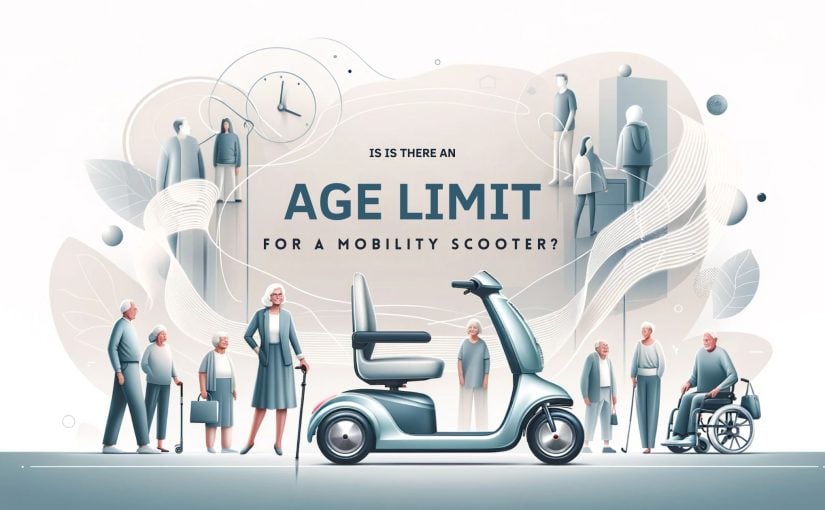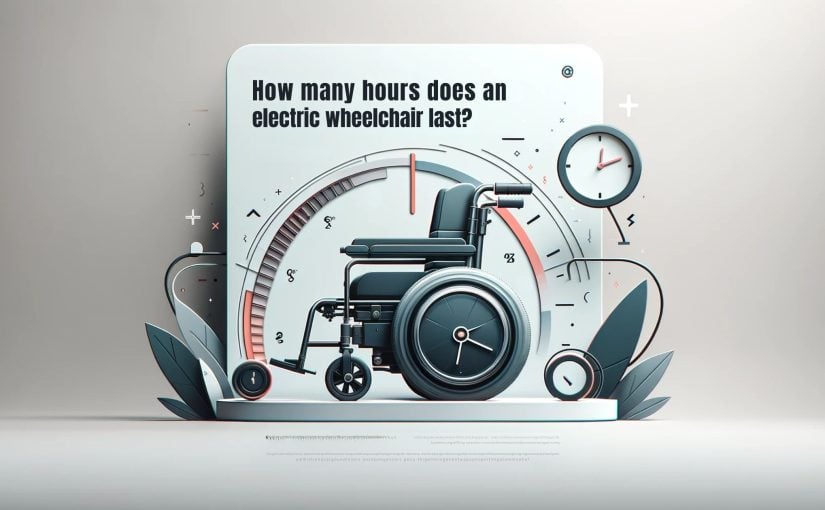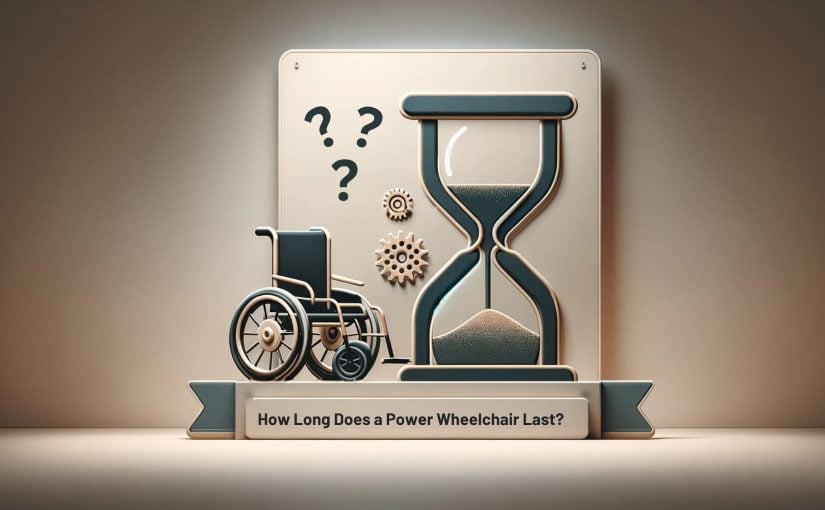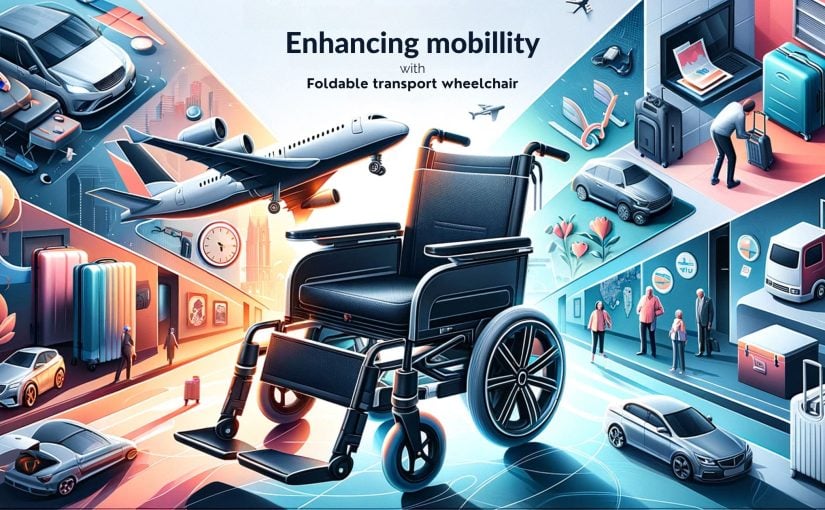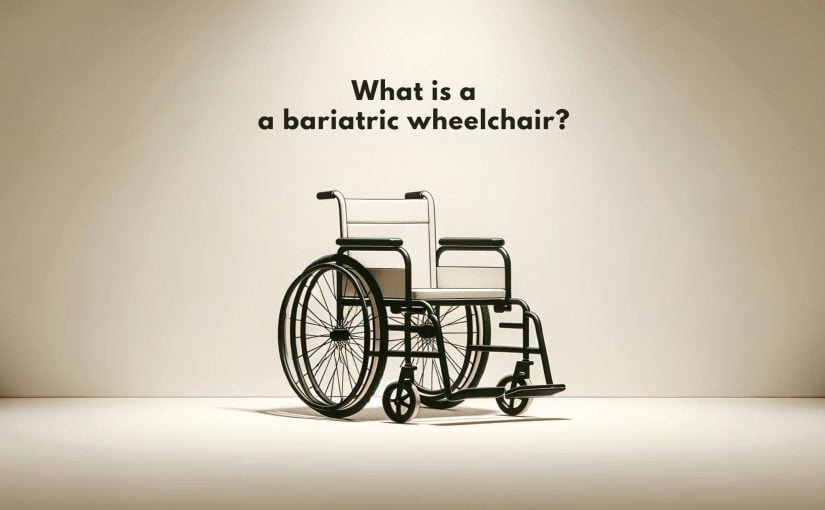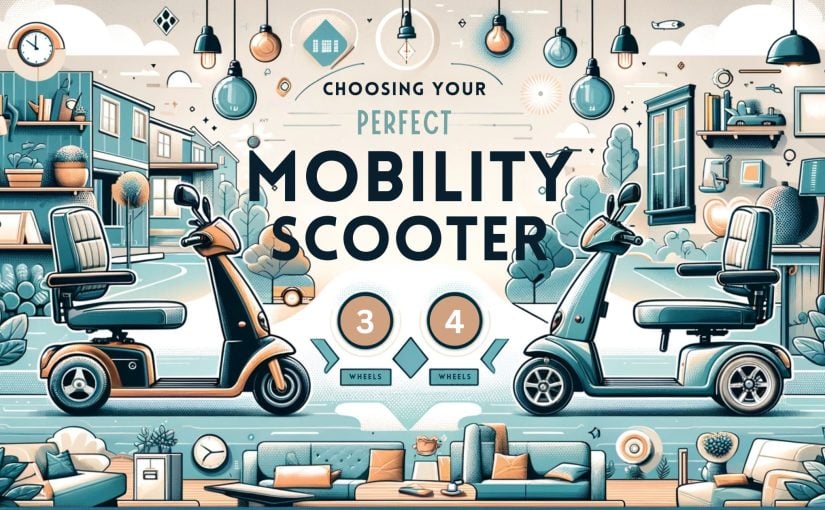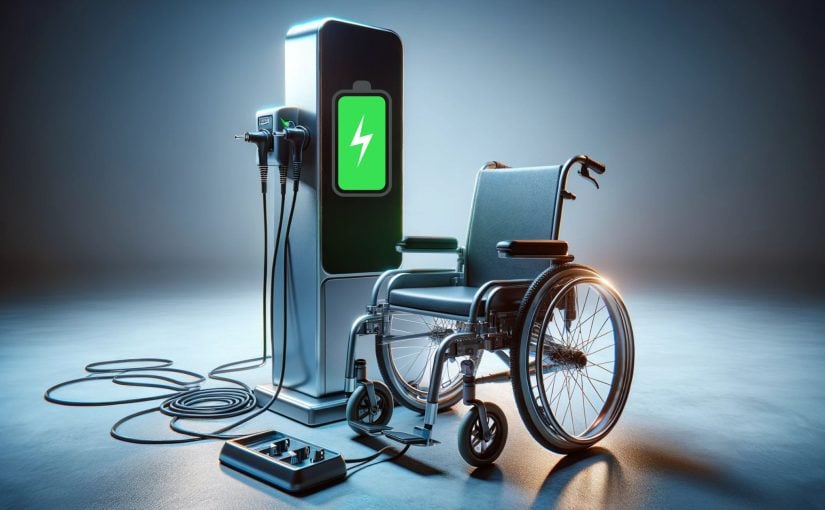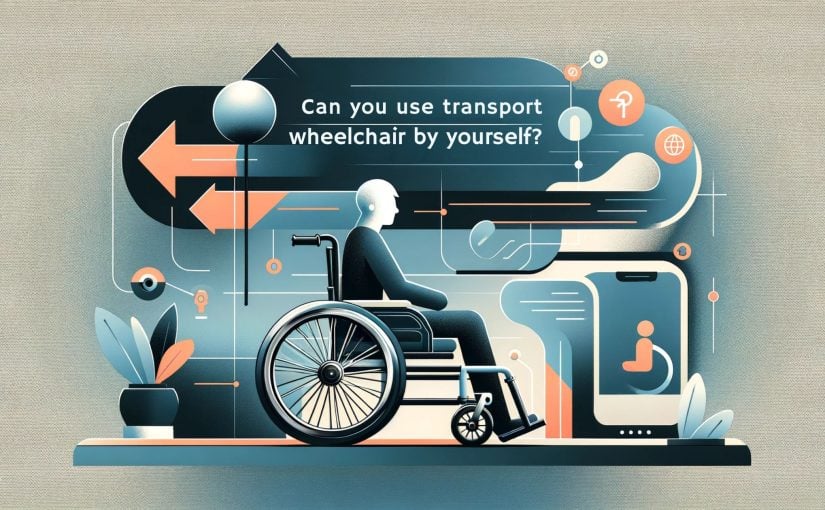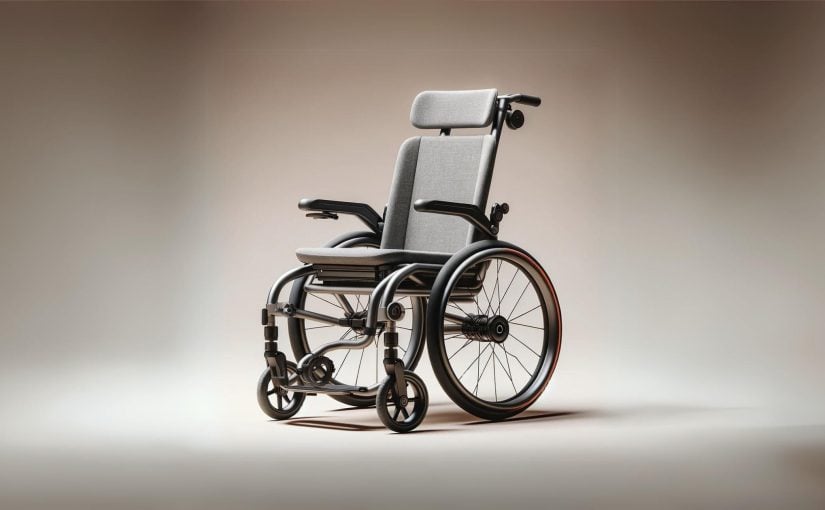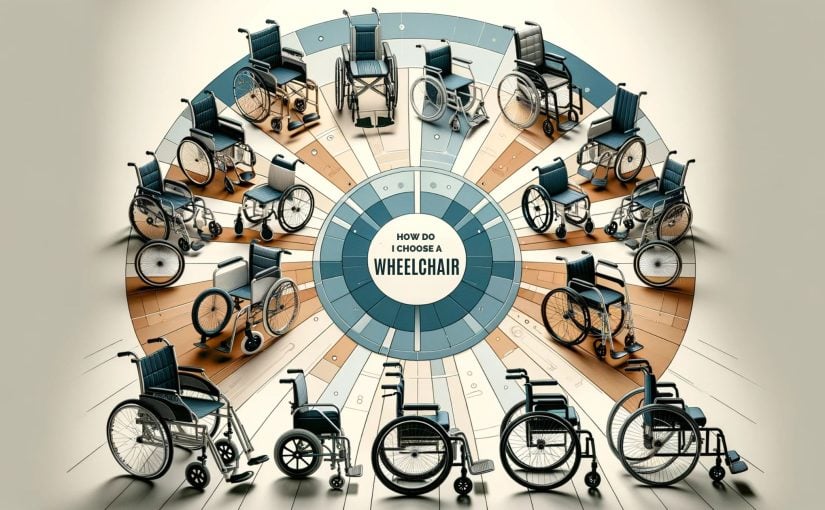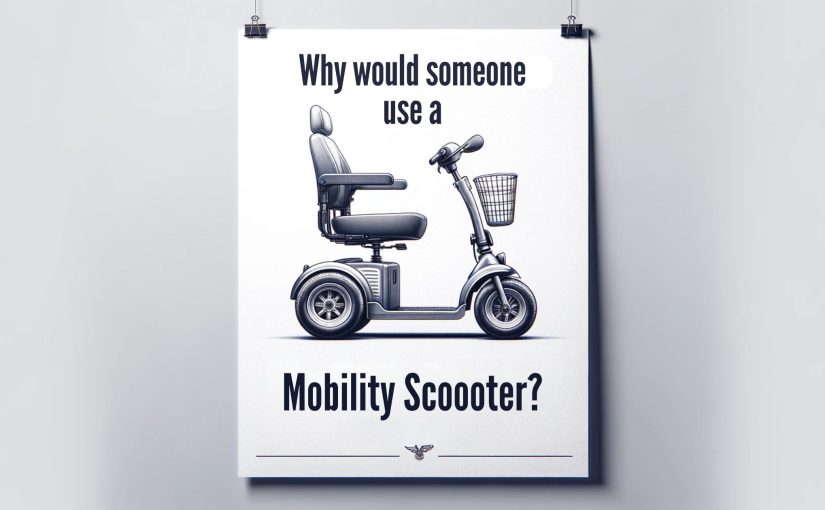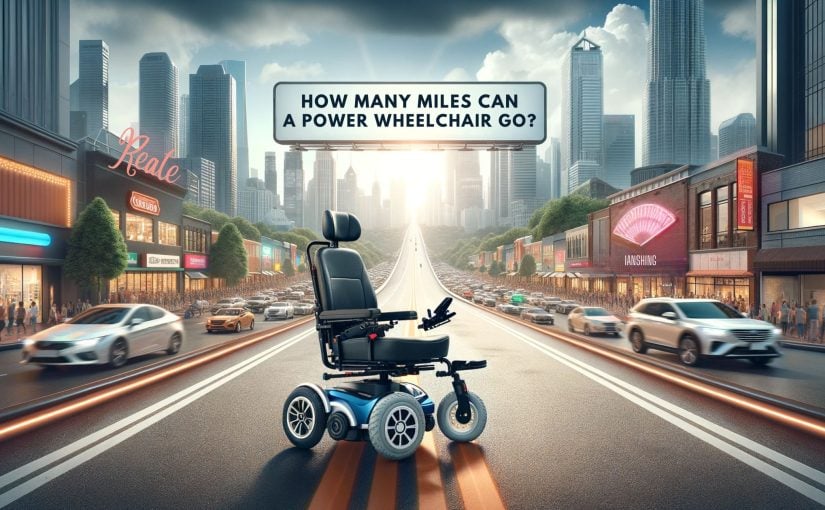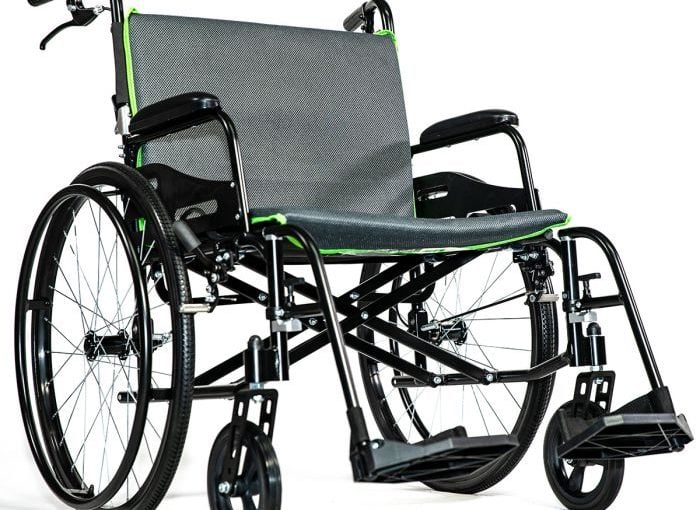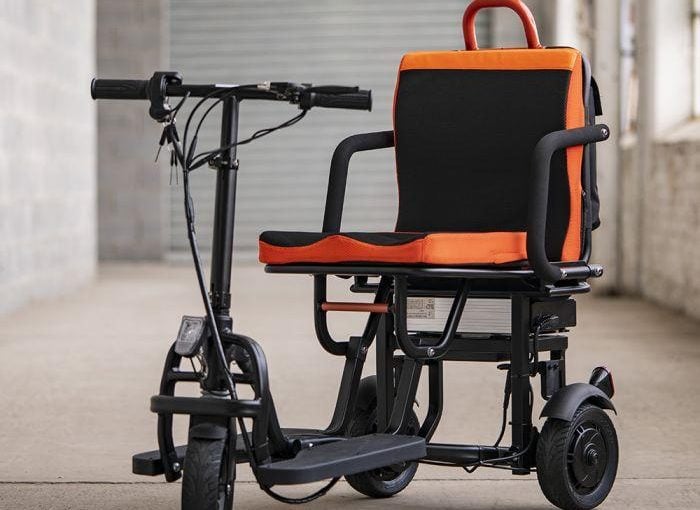Continue reading Is There an Age Limit for a Mobility Scooter?
Category: Resources
How Many Hours Does an Electric Wheelchair Last?
Continue reading How Many Hours Does an Electric Wheelchair Last?
How Long Does a Power Wheelchair Last?
Can you fold transport wheelchairs?
What is a Bariatric Wheelchair?
Which is Safer, a 3 or 4 Wheel Mobility Scooter?
Continue reading Which is Safer, a 3 or 4 Wheel Mobility Scooter?
How Long Does It Take to Fully Charge an Electric Wheelchair?
Continue reading How Long Does It Take to Fully Charge an Electric Wheelchair?
Who Should Use a Power Wheelchair?
Can You Use a Transport Wheelchair by Yourself?
Continue reading Can You Use a Transport Wheelchair by Yourself?
Are Lightweight Wheelchairs Easier to Push?
Continue reading Are Lightweight Wheelchairs Easier to Push?
How Do I Choose a Wheelchair?
Why Would Someone Use a Mobility Scooter?
What was once a struggle, moving from point A to B, is now done with ease and independence. This is the liberating reality for many individuals who, due to various reasons, have embraced the use of a mobility scooter.
How Many Miles Can a Power Wheelchair Go?
It’s not just about having an electric wheelchair; it’s about knowing the distance it can cover, ensuring you can go about your day without the constant worry of a power cut-off. So, let’s dive into the world of power wheelchairs and unravel the mystery of their mileage capacity.
Choosing the Heavy Duty Featherweight 22″ Wide Wheelchair
Continue reading Choosing the Heavy Duty Featherweight 22″ Wide Wheelchair
